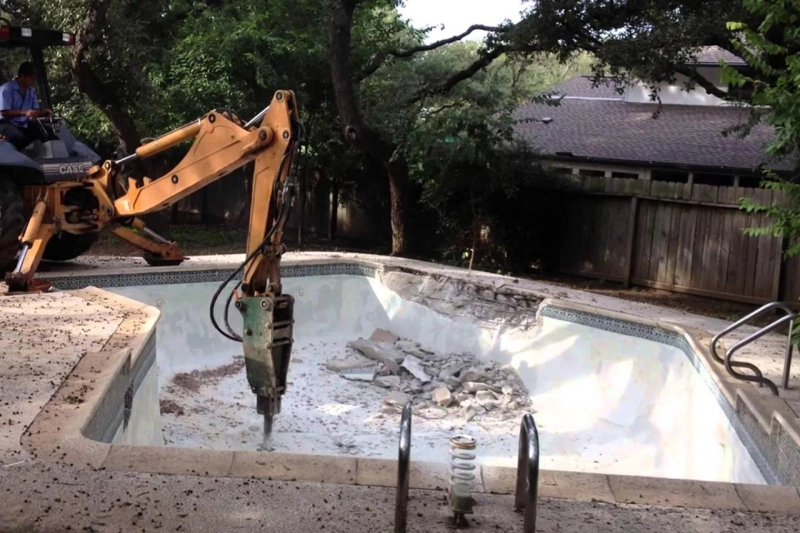Having a Gunite pool can provide years of enjoyment, but there may come a time when you decide it's time to remove and replace it. Whether it's due to extensive damage, changing lifestyle needs, or simply wanting a fresh start, understanding the cost associated with removing a Gunite pool is crucial. In this guide, we will explore the various factors that influence the cost to remove a Gunite pool and discuss the steps involved in replacing it, ensuring you have a clear understanding of the process from start to finish.
Evaluating the Cost Factors
Before embarking on the journey of removing a Gunite pool, it's essential to consider the factors that impact the overall cost. These factors include the pool's size, location, accessibility, surrounding landscaping, required permits, and disposal fees. By evaluating these variables, you can estimate the approximate cost of removing your Gunite pool.
Seeking Professional Assistance
Removing a Gunite pool is a complex task that requires professional expertise. Hiring experienced pool removal contractors is highly recommended. These professionals possess the necessary knowledge, skills, and equipment to ensure a safe and efficient removal process. While their services come at a cost, their expertise and efficiency can save you time, money, and potential complications in the long run.
Steps Involved in Removing a Gunite Pool
The process of removing a Gunite pool typically involves several steps, such as draining the pool, demolishing the structure, breaking up the concrete, and hauling away the debris. Each step requires specific tools and techniques to ensure a smooth removal process. Understanding these steps will give you insight into the labor and equipment involved, ultimately affecting the overall cost.
Disposal and Site Restoration
Once the Gunite pool has been removed, disposing of the debris properly is essential. You may need to account for additional costs associated with hauling and disposing of the concrete, regrading the area, and restoring the site to its original condition. Budgeting for these expenses will help you achieve a seamless transition from the old pool to a fresh outdoor space.
Replacing the Gunite Pool
After the removal process, you might choose to replace your old Gunite pool with a new one or explore alternative options for your outdoor space. It's important to consider the cost implications of installing a new pool, such as excavation, pool construction, permits, and landscaping. Alternatively, you may opt for creative solutions like converting the area into a garden, patio, or outdoor living space.
Conclusion
Removing and replacing a Gunite pool involves careful planning, budgeting, and professional assistance to ensure a successful transition. By understanding the factors that impact the cost of removal, seeking expert advice, and considering your desired outcome, you can make informed decisions throughout the process. Remember, while removing a Gunite pool may come with a price tag, the possibilities of creating a new and revitalized outdoor space are endless.


